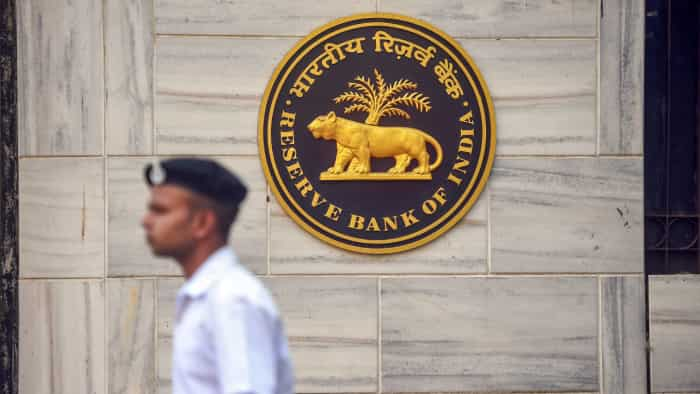Vulcan rocket set for debut launch with first US moon lander in decades
That raises the stakes for Vulcan's mission. And the U.S. Space Force, a key customer for Vulcan, sees the launch as the first of two verification flights required before it can put national security payloads aboard.
)
United Launch Alliance, a joint venture of Boeing and Lockheed Martin (LMT.N), was poised for a debut launch of its powerful Vulcan rocket from Florida on Monday in a mission that will feature the first U.S. moon landing attempt in more than half a century.
Aboard Vulcan, a 200-foot (60-m) tall rocket with engines made by Jeff Bezos' Blue Origin, is the Peregrine lunar lander built by space robotics firm Astrobotic.
The launch is set to go ahead at Cape Canaveral, Florida, at 2:18 a.m. EST on Monday.
If all goes well, Peregrine would mark the first U.S. soft landing on the moon since the final Apollo landing in 1972, and the first-ever lunar landing by a private company - a feat that has proved elusive in recent years.
Peregrine is set to land on the moon on Feb. 23 with scientific payloads aboard that will seek to gather data about the lunar surface ahead of planned future human missions.
The launch is a crucial first for the United Launch Alliance (ULA). Vulcan, which rolled out to its pad on Friday, has spent roughly a decade in development to replace ULA's workhorse Atlas V rocket and rival the reusable Falcon 9 from Elon Musk's SpaceX in the satellite launch market.
"Now that is a beautiful sight," ULA CEO Tory Bruno said on social media platform X, alongside a photo of Vulcan.
ULA was formed in 2006 in a merger of Boeing's and Lockheed's rocket programs. The two aerospace giants own the company in a 50-50 split, though they have been seeking a sale of the business for roughly a year.
That raises the stakes for Vulcan's mission. The U.S. Space Force, a key customer for Vulcan, sees the launch as the first of two verification flights required before it can put national security payloads aboard.
"It's really, really important for ULA's forward success... Everything is better for them if it goes well," George Sowers, ULA's former chief scientist and one of the architects of its Vulcan program, said of the mission. "But it's certainly not the end of the world if it doesn't."
ULA's two operational rockets, the Atlas V and giant Delta IV Heavy, are set to retire in the coming years, leaving Vulcan the lone successor to carry on the company's perfect mission success rate. The new rocket already has a multibillion-dollar backlog of some 80 missions.
The Atlas V's retirement was put in place when its Russian-made RD-180 engines - stemming from a partnership established in the 1990's post-Cold War detente - drew concern from U.S. lawmakers after Russia invaded Crimea in 2014.
Meanwhile, SpaceX's insurgent Falcon 9, a reusable launcher offering cheaper rides into Earth's orbit, eroded ULA's monopoly on national security missions. That helped pave the way for Vulcan's development, whose mission price starts at roughly $110 million.
Get Latest Business News, Stock Market Updates and Videos; Check your tax outgo through Income Tax Calculator and save money through our Personal Finance coverage. Check Business Breaking News Live on Zee Business Twitter and Facebook. Subscribe on YouTube.
RECOMMENDED STORIES

RBI Rule: New system for online money transfers to be implemented from April 1, 2025; here's all you need to know

Power of Rs 15,000 SIP: How long it will take to achieve Rs 7 crore corpus? See calculations to know

Katra-Srinagar Vande Bharat Train: Northern Railway announces train timings; check fare, route and other key details
12:19 PM IST









 NASA probe blasts off on quest to collect asteroid samples
NASA probe blasts off on quest to collect asteroid samples